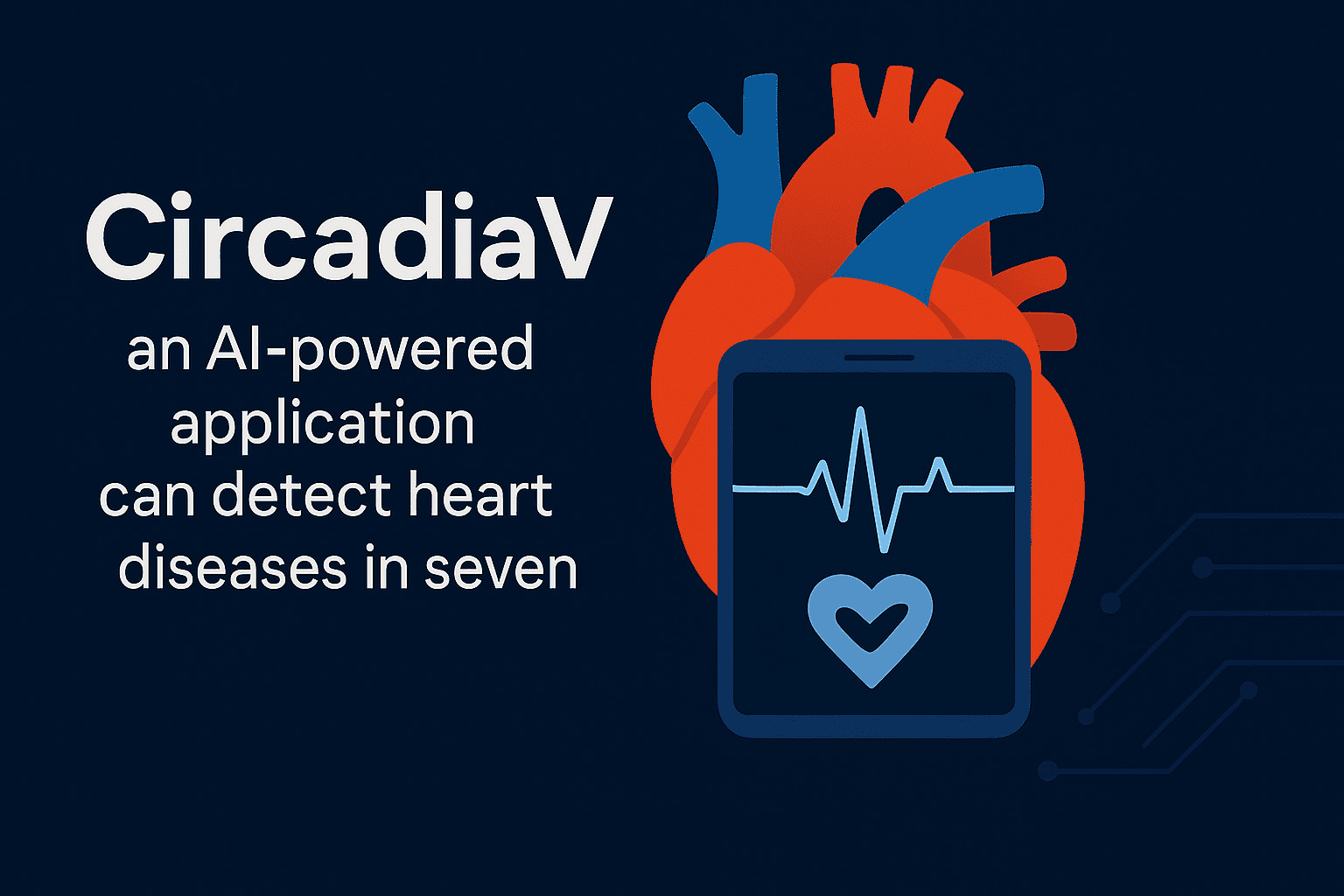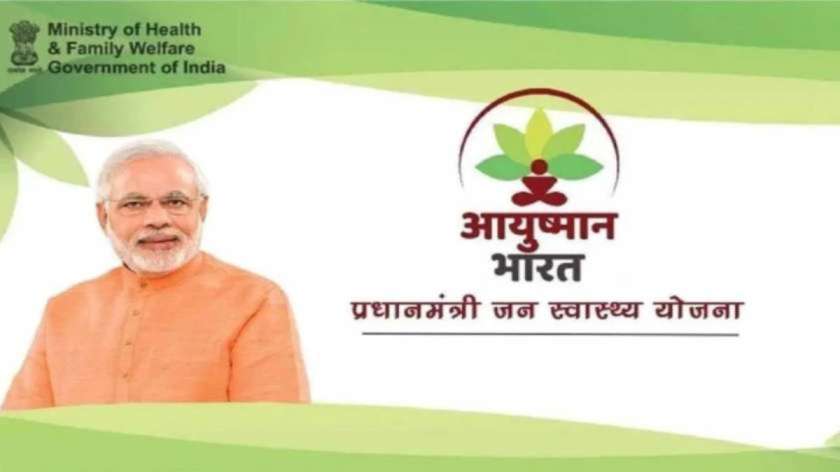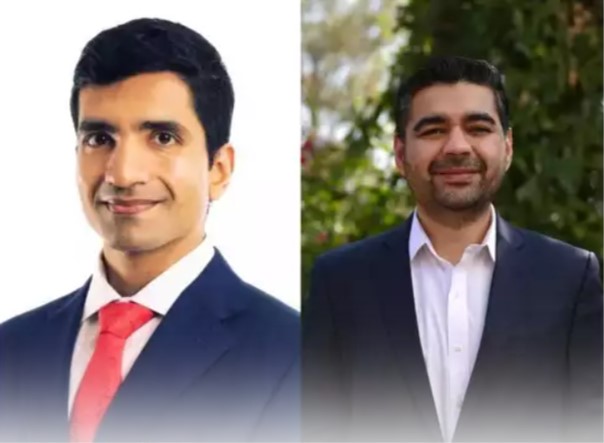Epilepsy Awareness Day is observed to educate people about this neurological disorder, break myths, and encourage better care for those living with it. Despite affecting millions worldwide, epilepsy remains misunderstood, and stigma often prevents patients from seeking the treatment they need. The day serves as a crucial reminder that epilepsy is a medical condition, not a curse or a reason for discrimination.
Epilepsy is a chronic brain disorder characterized by recurrent seizures. These seizures happen due to sudden, excessive electrical activity in the brain. While many associate epilepsy with dramatic convulsions, the reality is that seizures can take different forms. Some involve staring spells, brief loss of awareness, or unusual movements that may not be immediately recognized as epilepsy.
The condition affects people of all ages, but it is particularly common in children and older adults. Some cases are caused by brain injuries, infections, stroke, or genetic factors. However, in nearly half of epilepsy cases, the exact cause remains unknown.
One of the biggest challenges people with epilepsy face is the stigma surrounding the condition. Misconceptions often lead to discrimination in education, employment, and even social relationships. Let’s bust some common myths:
• Myth: Epilepsy is contagious.
• Fact: Epilepsy is a neurological disorder and cannot be transmitted from one person to another.• Myth: People with epilepsy are mentally ill.
• Fact: Epilepsy is a brain condition, not a psychiatric disorder. Many people with epilepsy lead successful, fulfilling lives.• Myth: You should put something in a person’s mouth during a seizure to prevent them from swallowing their tongue.
• Fact: This is a dangerous misconception. A person having a seizure cannot swallow their tongue. Instead, putting something in their mouth can cause choking or injury.
Knowing how to help someone during a seizure can be life-saving. Here’s what you should do:
1. Stay Calm: Panicking will not help. Instead, reassure those around you and focus on assisting the person.
2. Prevent Injury: Move sharp objects away and gently guide the person to the ground if they are standing.
3. Time the Seizure: If it lasts more than five minutes or if another seizure follows immediately, seek emergency medical help.
4. Turn Them to the Side: This prevents choking in case of vomiting.
5. Do Not Restrain Them: Holding the person down can cause injuries. Let the seizure run its course.
Epilepsy is treatable in most cases. With proper medication, nearly 70% of people with epilepsy can live seizure-free. Some patients may benefit from surgery, diet modifications, or advanced therapies like vagus nerve stimulation.
Despite medical advancements, treatment gaps exist, particularly in low-income countries where access to neurologists and medications is limited. Many people remain untreated due to financial constraints or lack of awareness. This is why Epilepsy Awareness Day is so important it highlights the need for better healthcare accessibility.
People with epilepsy are breaking barriers and proving that the condition does not define them. Some of the world’s most successful individuals, including historical figures, athletes, and artists, have lived with epilepsy. Their journeys inspire millions to pursue their dreams despite challenges.
Everyone has a role to play in making the world more inclusive for people with epilepsy. Here’s how you can contribute:
• Educate Yourself and Others: Spread correct information about epilepsy.
• Support Epilepsy Organizations: Contribute to research and awareness programs.
• Stand Against Discrimination: Advocate for the rights of people with epilepsy in schools, workplaces, and public spaces.
Epilepsy Awareness Day is not just about wearing purple or attending events it is about creating lasting change in how society views epilepsy. With more awareness, early diagnosis, and better treatment options, we can help people with epilepsy lead healthier, stigma-free lives. The more we talk about epilepsy, the closer we get to a future where no one has to suffer in silence.
.jpg)
 With more awareness, early diagnosis, and better treatment options, we can help people with epilepsy lead healthier, stigma-free lives.
With more awareness, early diagnosis, and better treatment options, we can help people with epilepsy lead healthier, stigma-free lives.










.jpeg)



.jpeg)

.jpg)


.png)



